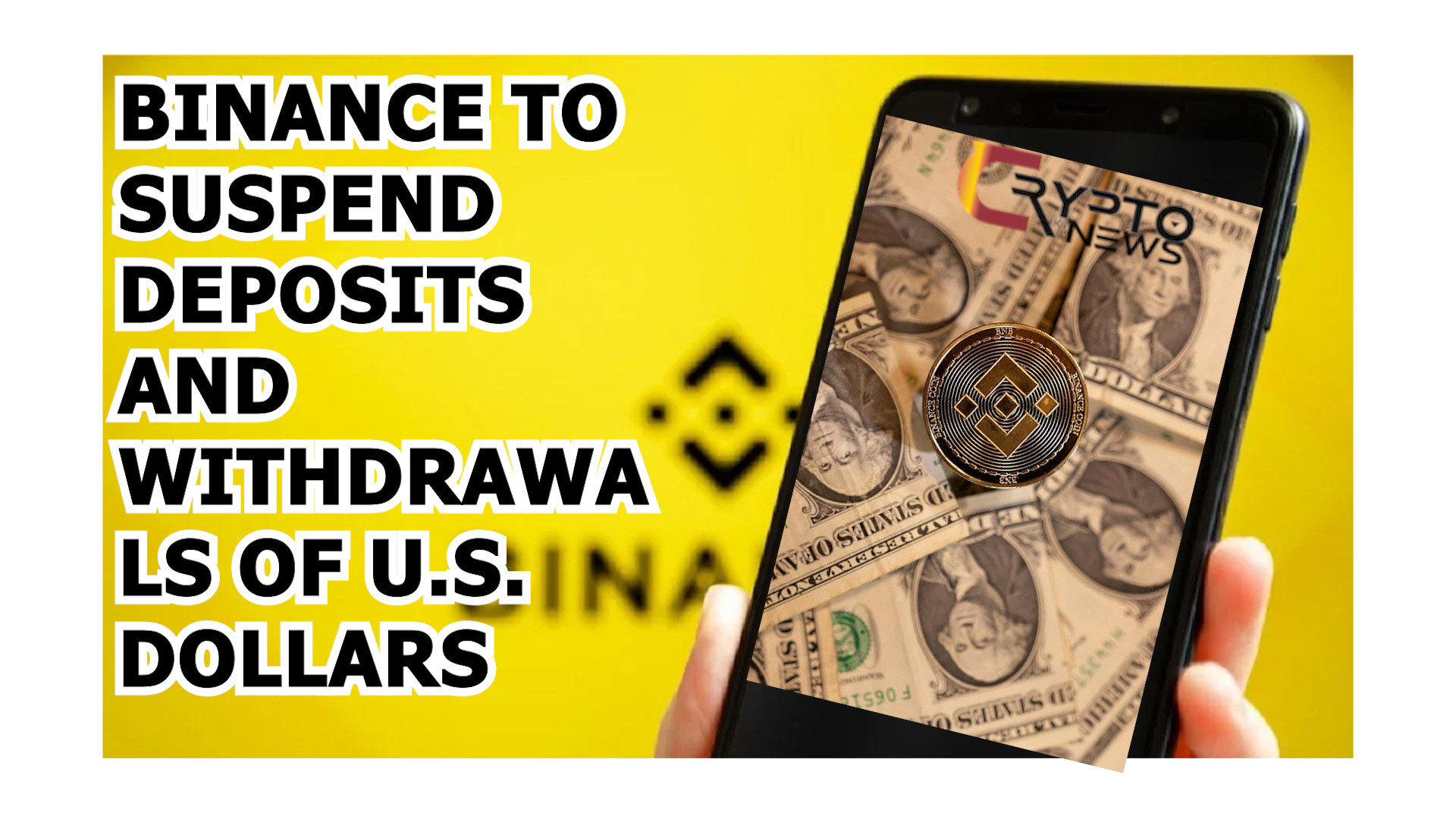The Binance representative said all other methods of buying and selling crypto on the exchange will remain unaffected, including deposits and withdrawals for euros. Binance users will also be able to continue buying and selling crypto with credit cards, Google Pay, Apple Pay, and on the Binance peer-to-peer marketplace, the spokesperson said.
Binance’s suspension of U.S. dollar transfers
If you’re a Binance user, any headline that mentions suspending withdrawals is likely alarming. The crypto community is still on edge after the recent collapse of FTX and other crypto platforms. Billions of dollars’ worth of FTX customer funds are missing or tied up in the legal fallout.
Binance CEO Changpeng Zhao, also known as CZ, sought to reassure users by saying that only 0.01% of its monthly active users use U.S. dollar bank transfers. But it would be more reassuring if the company was transparent about why it is making the move. Any hint of issues with accessing customer money triggers alarm bells, even if it’s only withdrawals in one currency.
It’s not the first time Binance has suspended withdrawals and deposits for particular currencies. In the summer of 2021, it had to halt British pound withdrawals and deposits for UK customers, following issues with the country’s Financial Conduct Authority (FCA). While it did eventually resume the service, the episode spooked British crypto investors.
Since then, Binance has attempted to stay on the right side of regulators by increasing its compliance team and stepping up its anti-money laundering and other anti-crime activities. However, according to Reuters, in December 2022 U.S. authorities were considering bringing money laundering charges against the exchange. Binance dismissed the Reuters report as “wildly outdated” and “incorrect” and told Fortune that its top priority is user protection.
How to protect your crypto assets
The good news is that Binance’s move to suspend U.S. dollar withdrawals has been telegraphed in advance, so customers have time to prepare. In addition, it says withdrawals and deposits in other currencies won’t be affected. Another reason the impact will probably be minimal is that American customers, who likely make the majority of U.S. transactions, can only use the Binance.US platform.
All the same, it’s important to be cautious. Particularly because we don’t know why Binance is restricting U.S. dollar activity. It could be because of an issue with a specific banking partner, as Bloomberg suggests, but there could be something bigger at play.
To be clear, it’s unlikely this is the beginning of something more serious and it’s unlikely it will impact Binance.US customers further down the road. Unfortunately, it is hard to be 100% sure because trust in centralized crypto exchanges is extremely low. Bear in mind that in the days prior to FTX’s collapse, the company assured its customers funds were safe.
As a crypto investor, the only surefire way to protect your assets is to move them into a crypto wallet you control. Known as non-custodial wallets, you’ll need a bit more crypto know-how to set one up and get confident with moving your assets around. You will also be totally responsible for its security, so don’t lose your security phrase. There are billions of dollars of Bitcoin (BTC) stuck in crypto wallets that people can’t get to because they’ve forgotten the password.
The temptation to leave your crypto in a custodial wallet on the platform where you bought it is understandable, and it does offer some advantages. For starters, crypto exchanges are much more user-friendly. The fees are easy to understand. And if you lose your password, you’ll be able to recover it without too much hassle. Finally, many exchanges make it straightforward to stake your crypto and earn rewards.
The big downside is that there’s very little in the way of investor protection. Unlike banks, crypto assets on exchanges aren’t protected against failure by FDIC insurance, so your money could get swallowed up in any bankruptcy proceedings. This is the main reason to learn about non-custodial wallets. If your exchange fails, gets hacked, or is forced to suspend withdrawals for another reason, crypto that’s held in an external crypto wallet won’t be affected.
Banks Reducing Exposure to Crypto Market
A growing number of banks have been reducing their exposure to the crypto market following the collapse of crypto exchange FTX.
Binance said last month that its banking partner Signature Bank will only process transactions exceeding $100,000 from the beginning of this month. The bank previously stated that it plans to reduce up to $10 billion in deposits from cryptocurrency clients.
The Federal Reserve, the Federal Deposit Insurance Corporation (FDIC), and the Office of the Comptroller of the Currency (OCC) recently issued a joint statement warning banking organizations about crypto risks. “The agencies have significant safety and soundness concerns with business models that are concentrated in crypto-asset-related activities or have concentrated exposures to the crypto-asset sector,” the joint statement reads.



